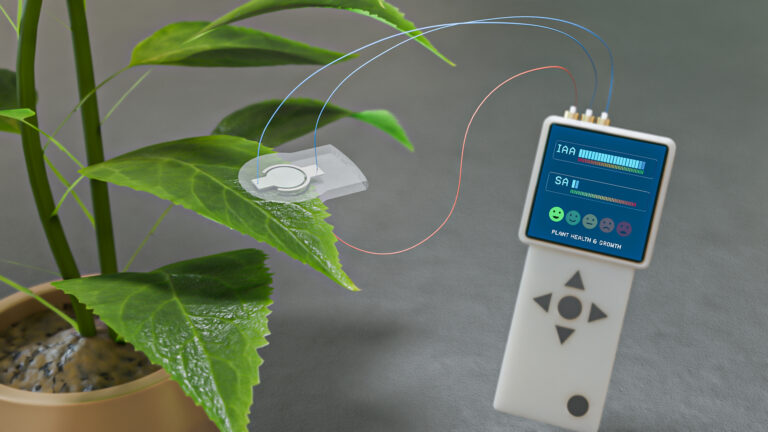
Bioengineering
Sensing stress to keep plants safe
A minimally invasive sensor can continuously measure levels of stress hormones.
Page 1 of 1

Bioengineering
A minimally invasive sensor can continuously measure levels of stress hormones.
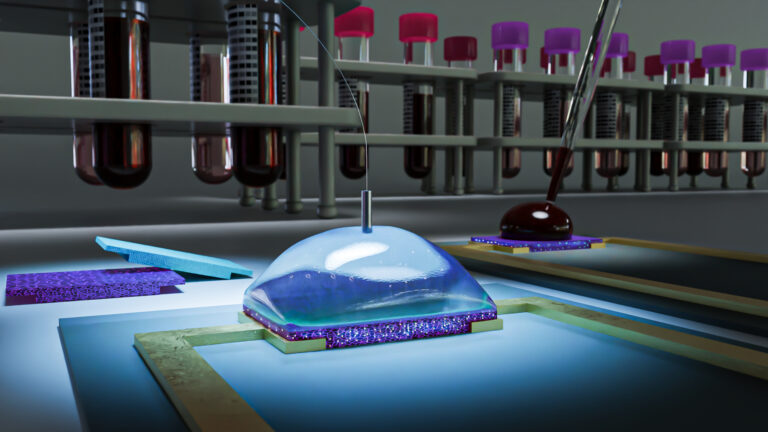
Bioengineering
The structure of polymers in organic electrochemical transistors can dramatically alter their interaction with ions in biological samples.
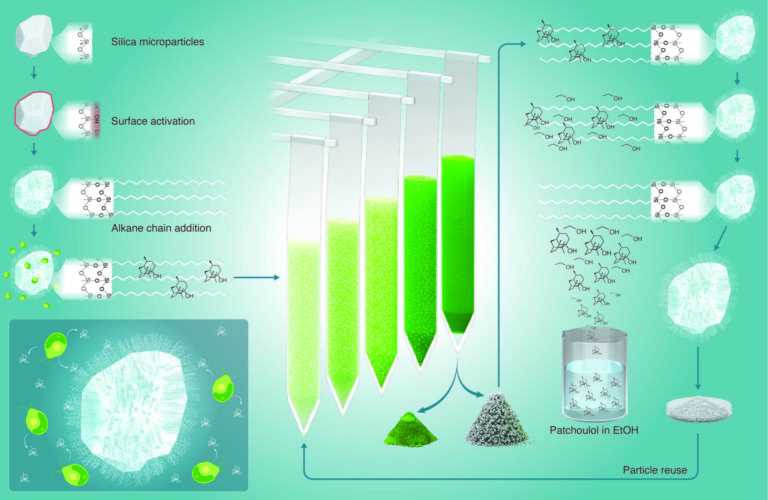
Bioengineering
Circular bioprocess deploys functionalized microparticles to collect sustainably generated chemicals from microorganisms.
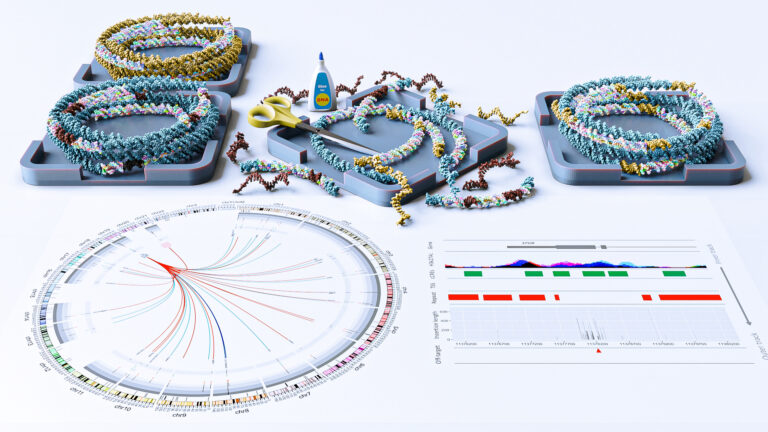
Bioengineering
Simple fixes of unintended large genetic insertions uncovered in genome editing offer improved safety and reliability.
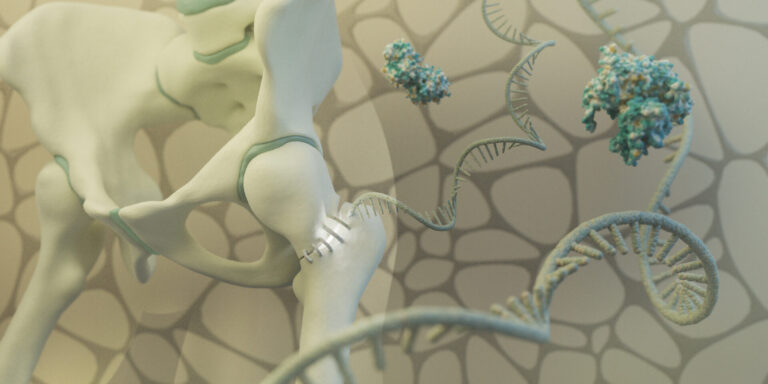
Bioengineering
Viral RNA elements induce controlled inflammation to trigger bone repair, which could be used to treat osteoporosis and other diseases.
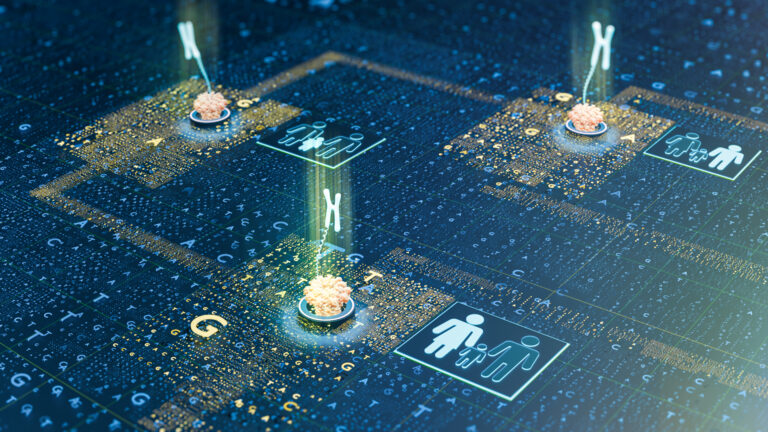
Bioengineering
An efficient long-read sequencing technique that searches for complex genomic variants provides accurate molecular diagnosis for genetic disorders within hours.
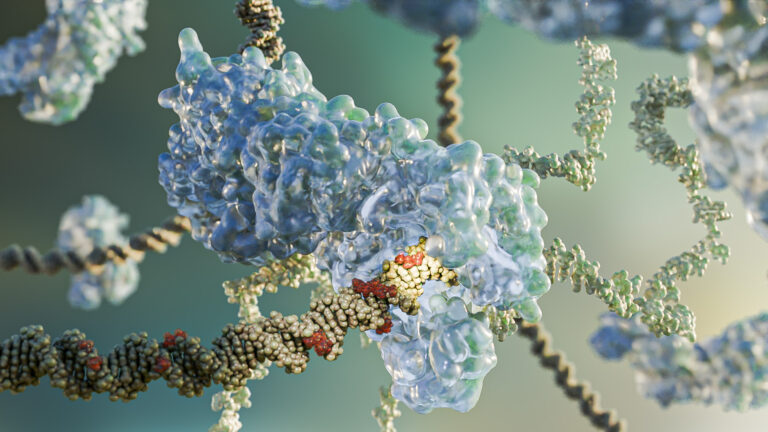
Bioengineering
Manipulating DNA repair pathway boosts the accuracy of CRISPR technology.
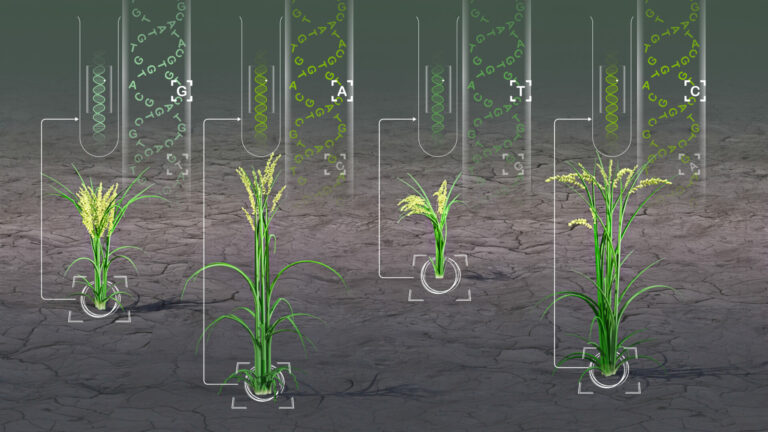
Bioengineering
Platform for identifying genetic variation in plant species could aid in crop improvement and sustainable agriculture.
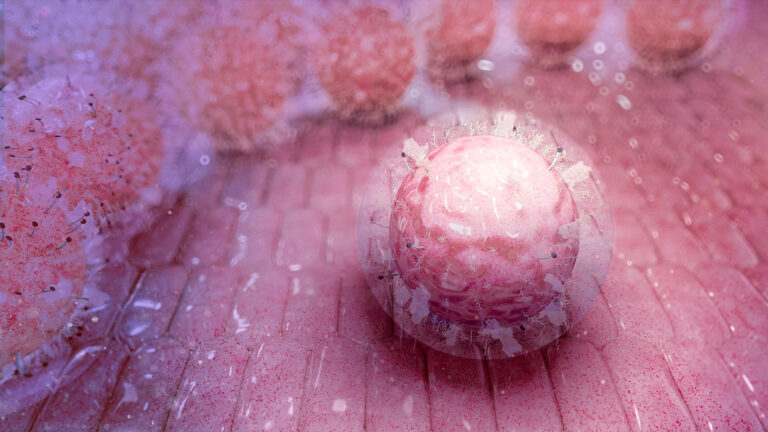
Bioengineering
Protocol boosts regenerative capabilities of stem cells previously wasted in transplant medicine.
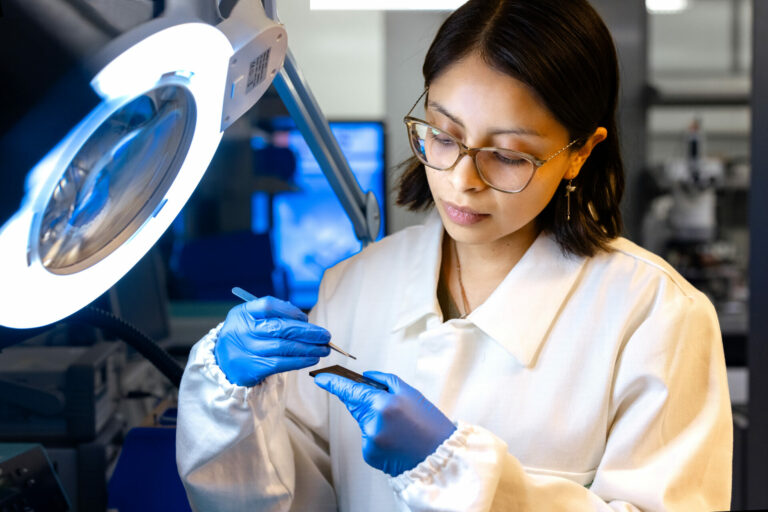
Bioengineering
Artificial skin coupled with sensors and machine learning technology allows people with voice disorders to communicate using soundless mouth movements.
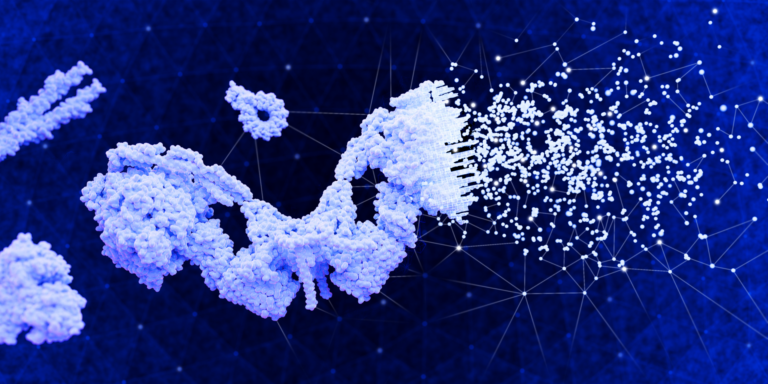
Bioengineering
Powered by logic and large language models, DeepGO-SE predicts the biological role of proteins and could be used to aid drug discovery.

Bioengineering
An integrated shuffler optimizes the privacy of personal genomic data used for machine learning.

Bioengineering
Researchers propose a pathway to create sustainable greening initiatives in the Middle East using existing technologies.
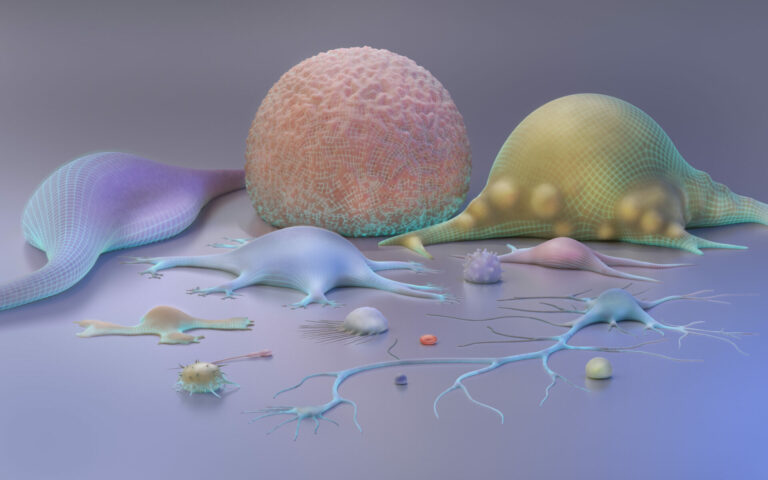
Bioengineering
Inspired by large language models that power ChatGPT, an AI algorithm offers a new way to annotate cells.
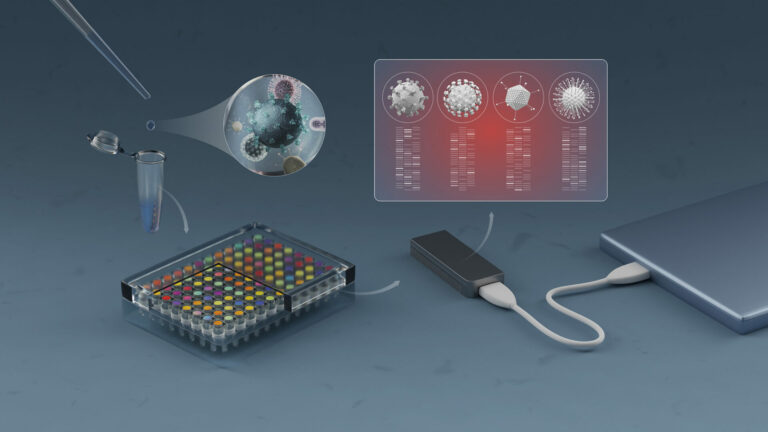
Bioengineering
An open-source, automated and cost-effective platform for COVID-19 diagnosis and analysis of genetic variants can be built from readily available materials, with big possibilities on the horizon.
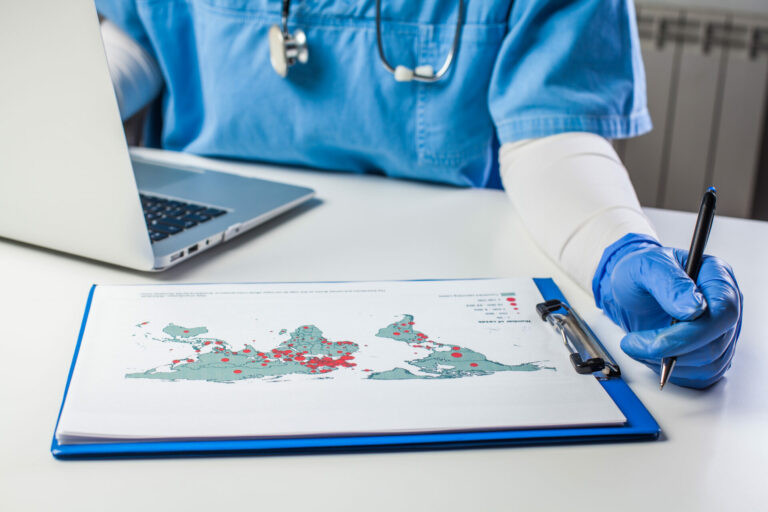
Applied Mathematics and Computational Sciences
A systematic analysis of sex differences in mortality of young people up to the age of 24 will help policymakers address key disparities and reduce preventable deaths.

Bioengineering
Better understanding of the roles of plant hormones could help to engineer advantageous traits into rice and other crops.
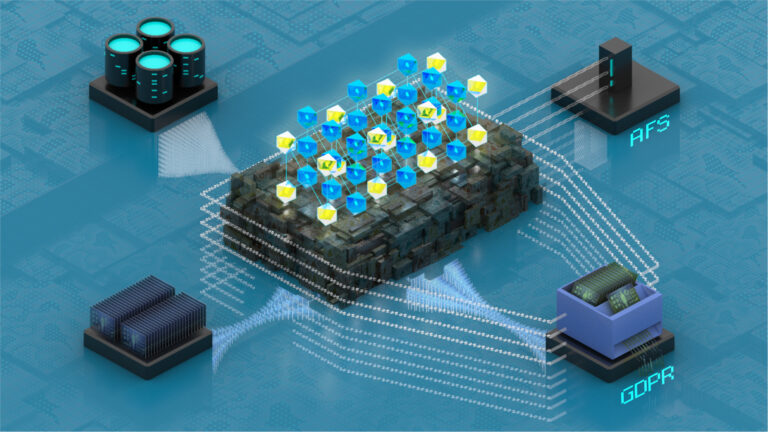
Bioengineering
An open-source software can help align artificial intelligence applications in healthcare with data privacy regulations.
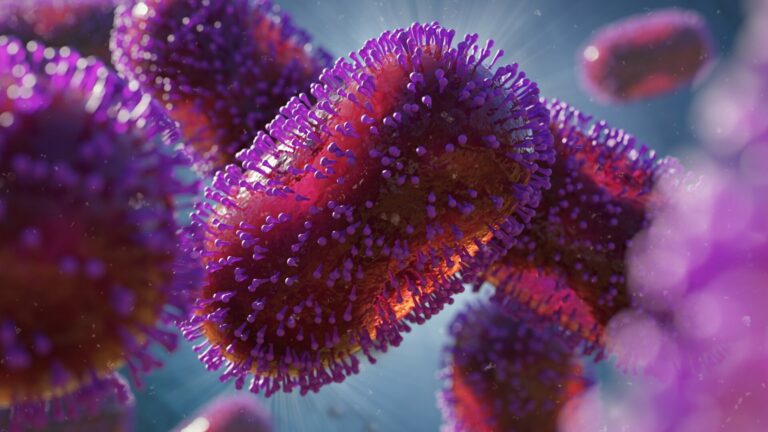
Bioengineering
Skin organoids offer a powerful platform for drug discovery in the ongoing fight against the virus formerly known as monkeypox.
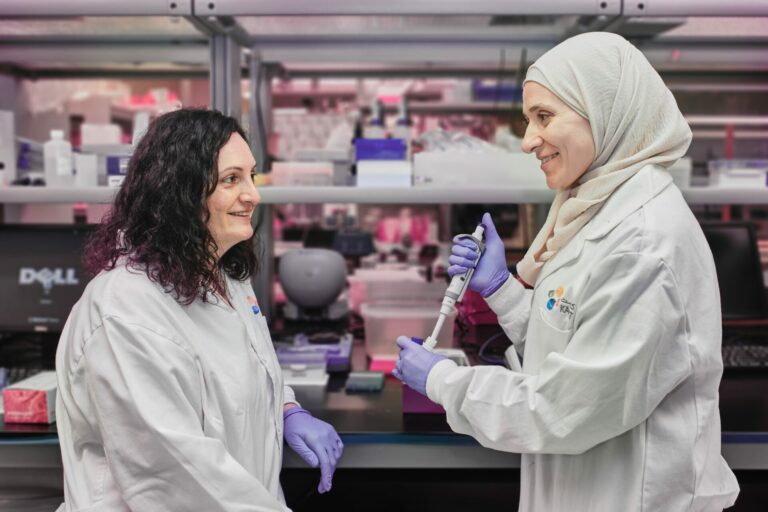
Bioengineering
An innovative AI-based tool leverages varied symptom descriptions, along with evidence from the scientific literature and genomic datasets, to pinpoint disease-associated gene variants.

Bioengineering
New research into how humans and animals use complexity to make decisions offers some tantalizing insights into the nature of intelligence.
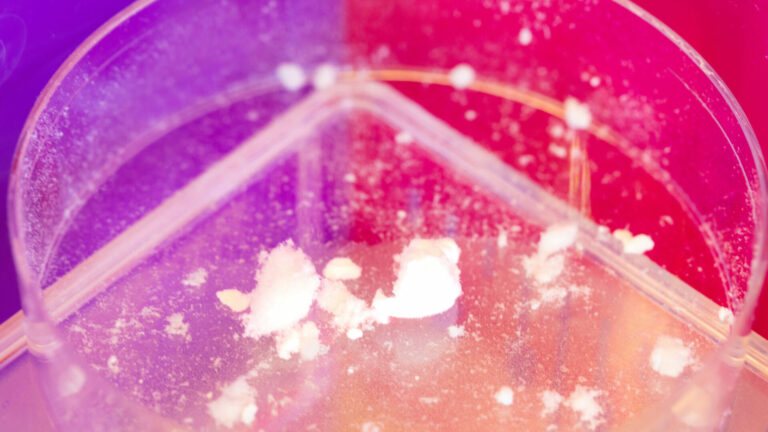
Bioengineering
Hydrogels that mimic natural environments help to reveal cellular intricacies often missed in traditional lab studies.
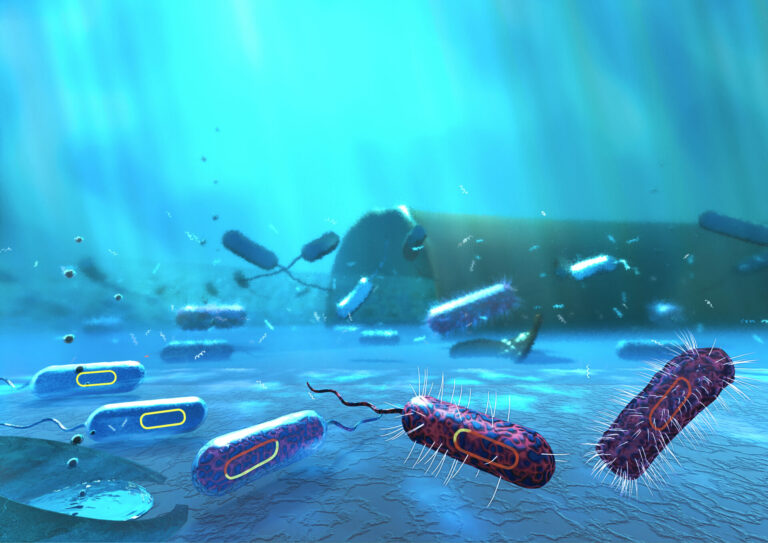
Bioengineering
A complex interplay of factors influences the spread of superbug genes during wastewater treatment and reuse.
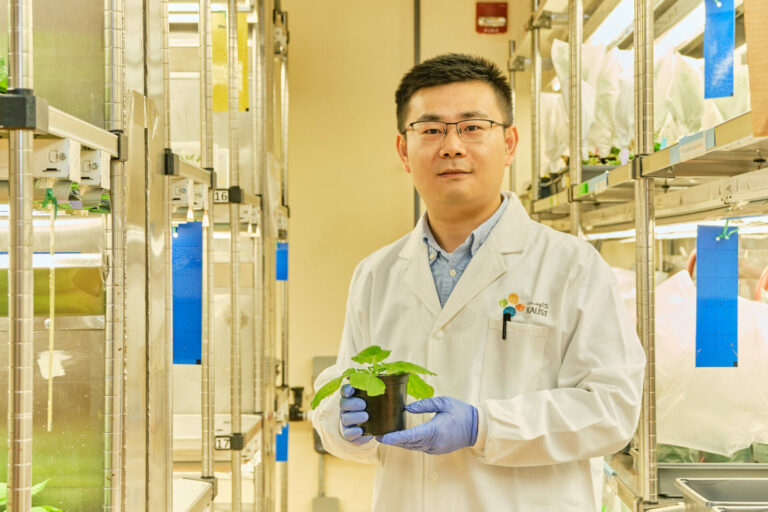
Bioengineering
A simple enzymatic pathway taken from fungi can enhance the production and storage of provitamin A in crop plants.
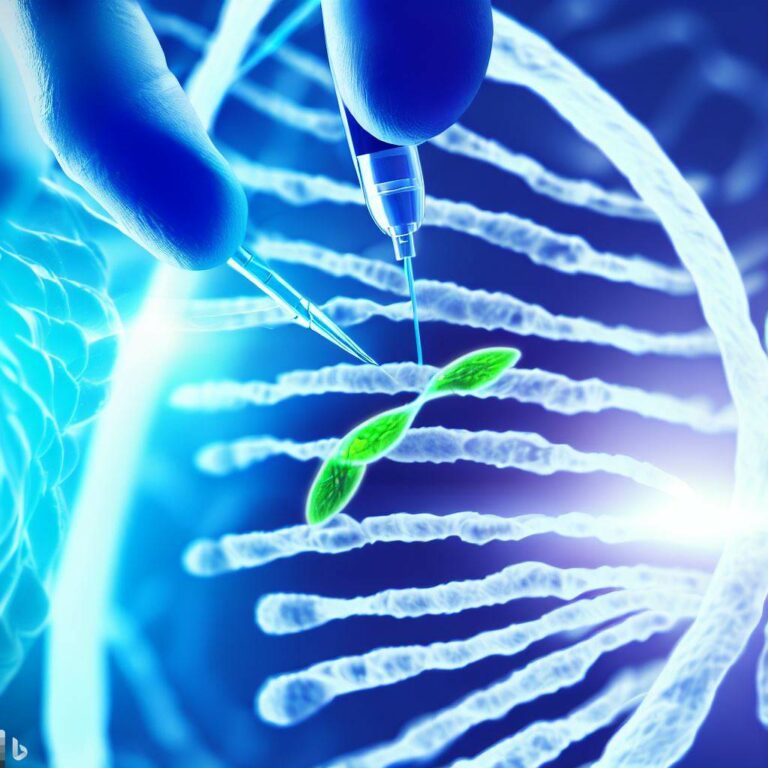
Bioengineering
PNP editing emerges as a versatile and programmable tool for site-specific DNA manipulations.
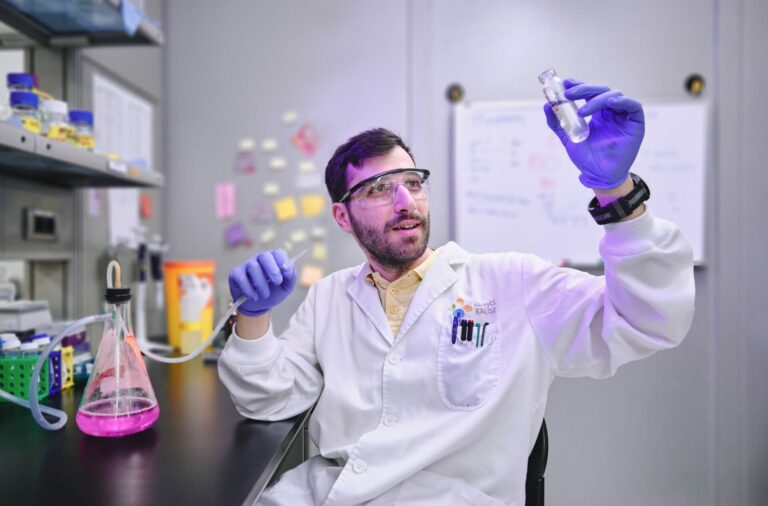
Bioengineering
Tiny packets of molecular cargo shed by cancer cells seed the foundations for metastasis at distant sites in the body.
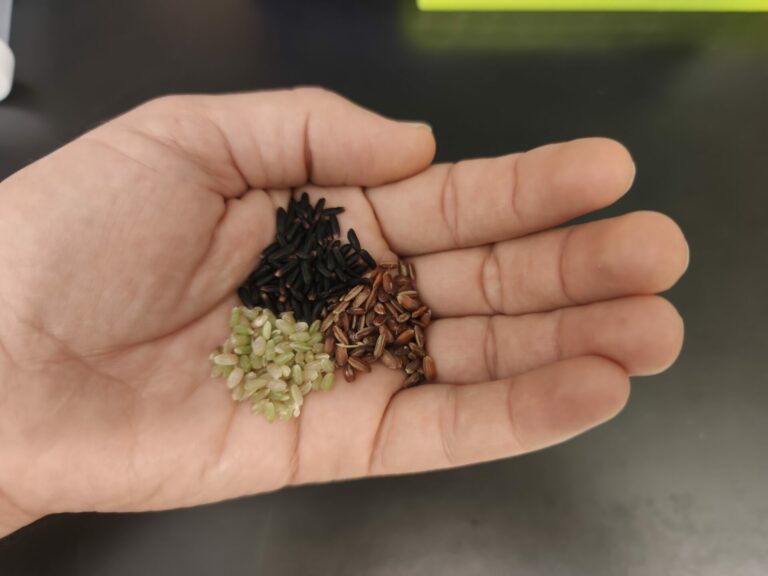
Bioengineering
Fundamental research offers opportunities for new varieties of pigmented rice and a resource to address malnutrition.
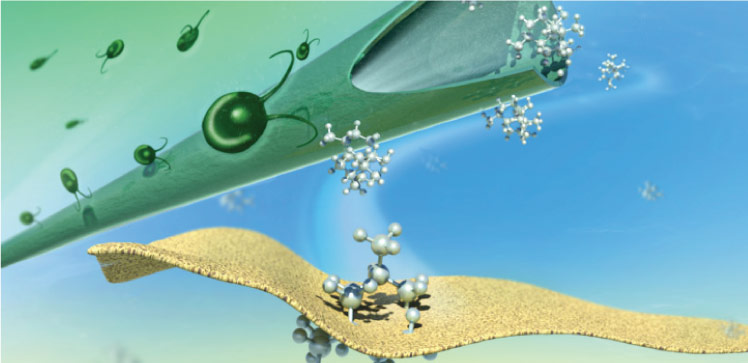
Bioengineering
Selective membranes allow harvesting and concentration of valuable molecules from cultured microbes.
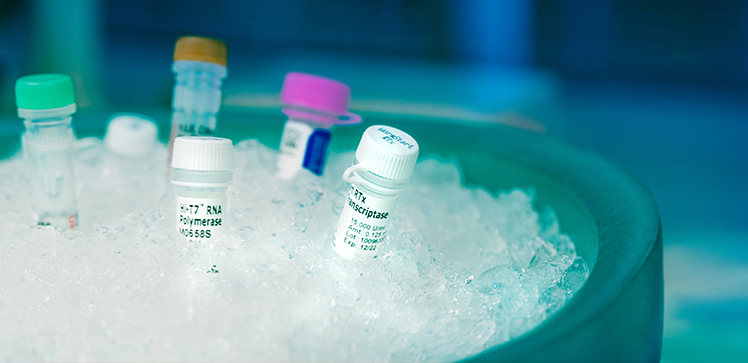
Bioengineering
A newly identified heat-stable Cas13 enzyme could lead to improved diagnostics and new biotechnological applications.
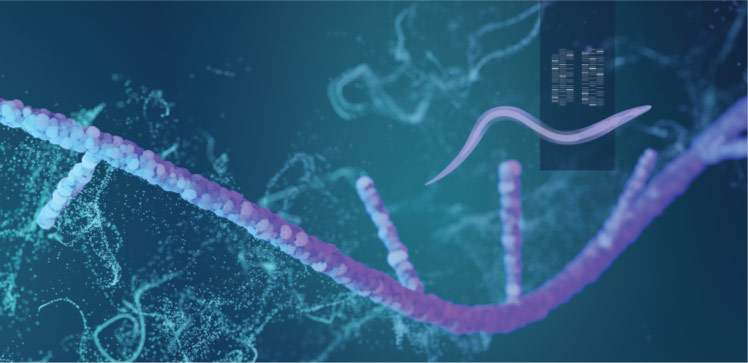
Bioengineering
Genomic defense mechanism harnessed to manipulate gene activity in worms.

Bioengineering
Miniature RNA-cutting protein harnessed for diagnostics and therapeutics.
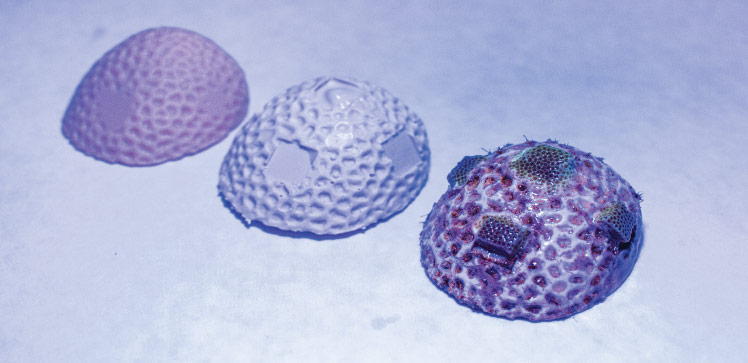
Bioengineering
Providing 3D-printed structures can help coral reefs recover faster.
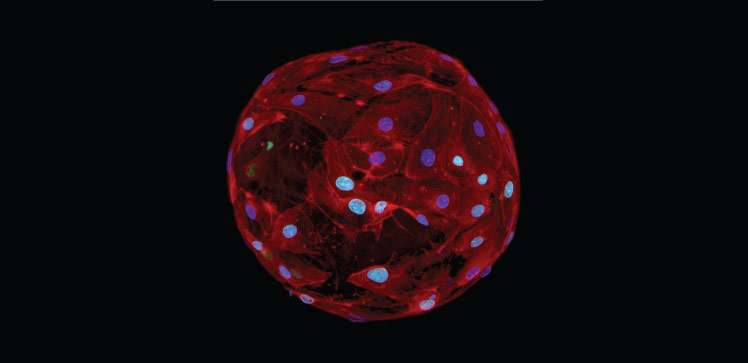
Bioengineering
Tiny drops that resemble an extracellular matrix can be used to culture cells for delivery into the human body.
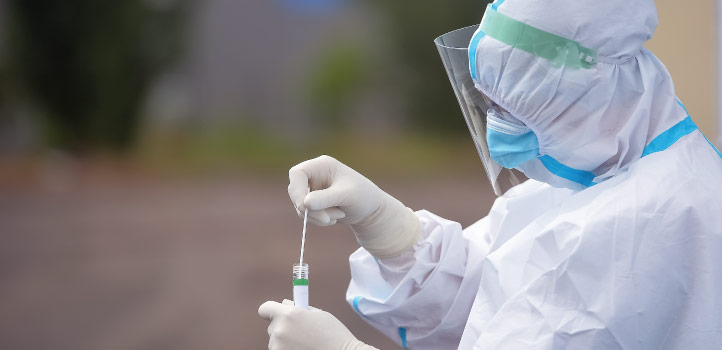
Bioengineering
New lateral flow test Vigilant is cheaper, easier to use and as reliable as the current gold standard PCR test for diagnosing SARS-CoV-2 infection.
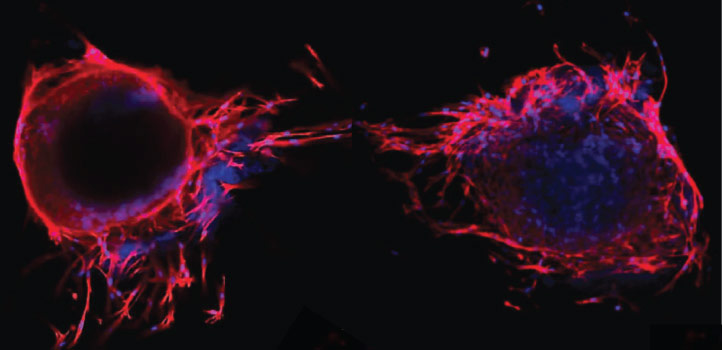
Bioengineering
3D models of bone formation provide a tool for tissue engineering, biomedical research and drug testing.
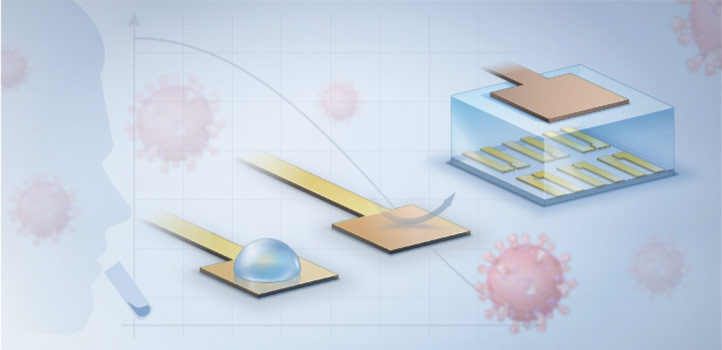
Bioengineering
New diagnostic technique could help contain the spread of COVID-19 and other viral outbreaks.
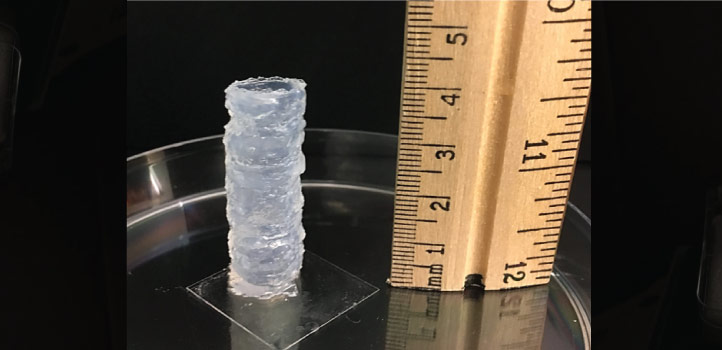
Bioengineering
A printable hydrogel made of ultrashort peptides could help shape cells into viable tissues.
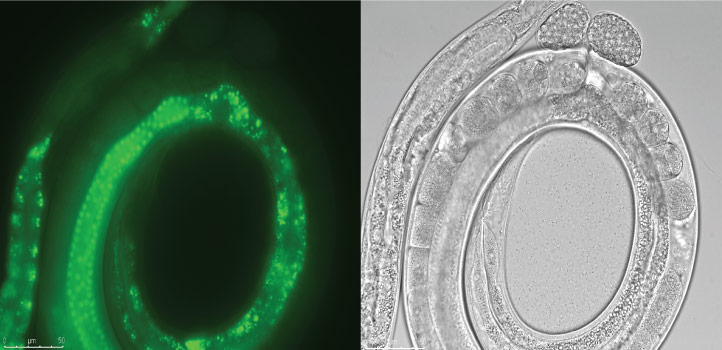
Bioengineering
A new protocol brings the precise standards of engineering to the realm of synthetic biology.
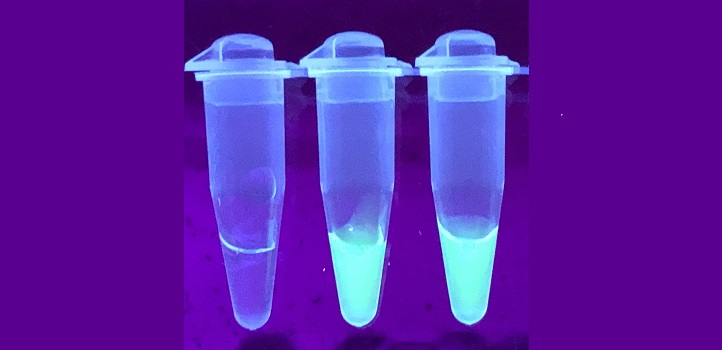
Bioengineering
A new test kit could enable quick and effective COVID-19 tests for people arriving at airports.
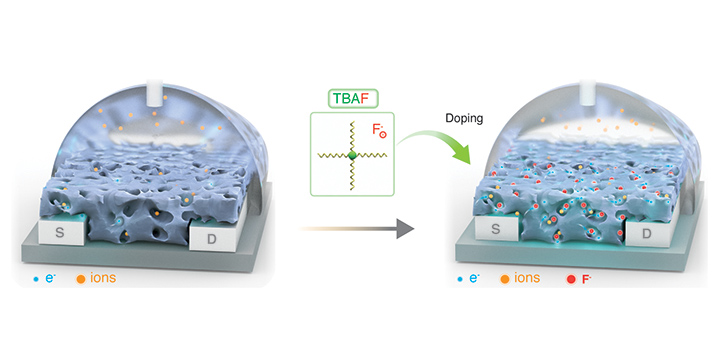
Bioengineering
A water-stable dopant enhances and stabilizes the performance of electron-transporting organic electrochemical transistors.
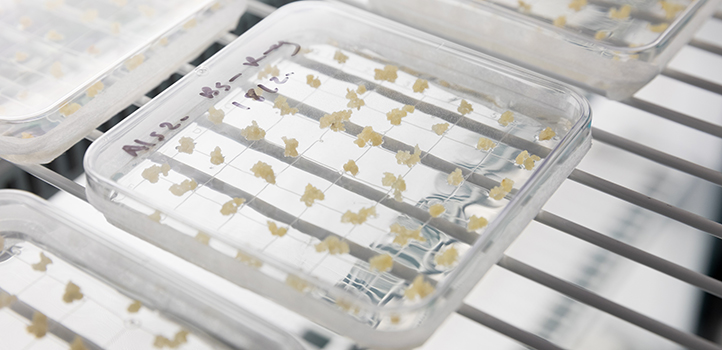
Bioengineering
A protein hijacked from a bacterial pathogen helps to facilitate more precise genome editing in plants.

Bioengineering
Medical diagnostic device extracts energy from sugars naturally present in the body to drive its glucose-sensing circuitry.
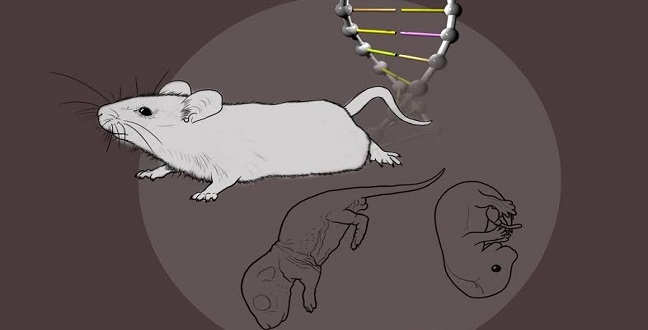
Bioengineering
Small non-coding RNAs thought to be found in testes are also present in the adult mouse brain.
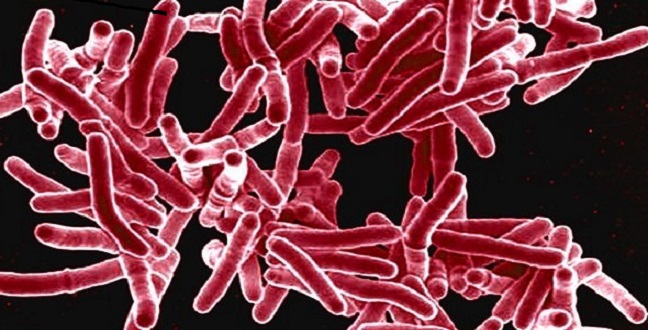
Bioengineering
A new computational framework shows how pathogens interact with host cells at the metabolic level.
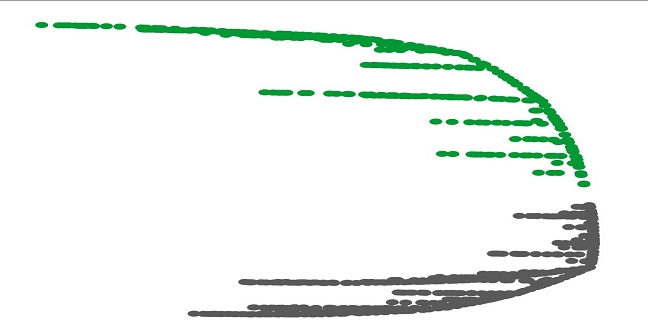
Bioengineering
A statistical approach that can find patterns in large data sets, even in the event of missing or incorrect figures, is proving useful from genomic studies through to planning a marine reserve.
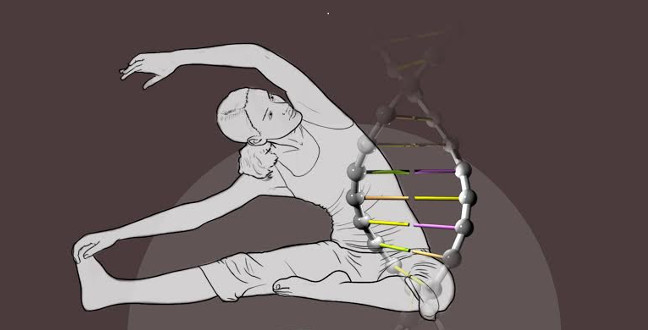
Bioengineering
Evolution has left alone the protective functions of noncoding sequences of the human genetic blueprint.